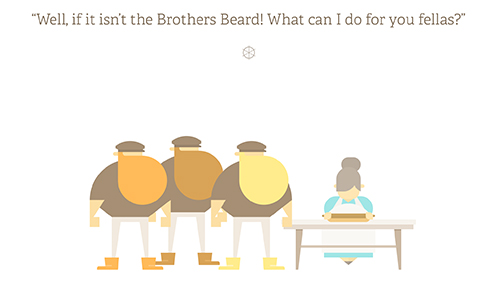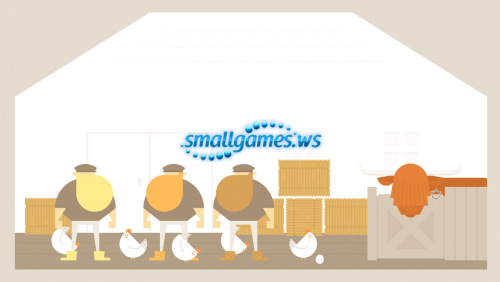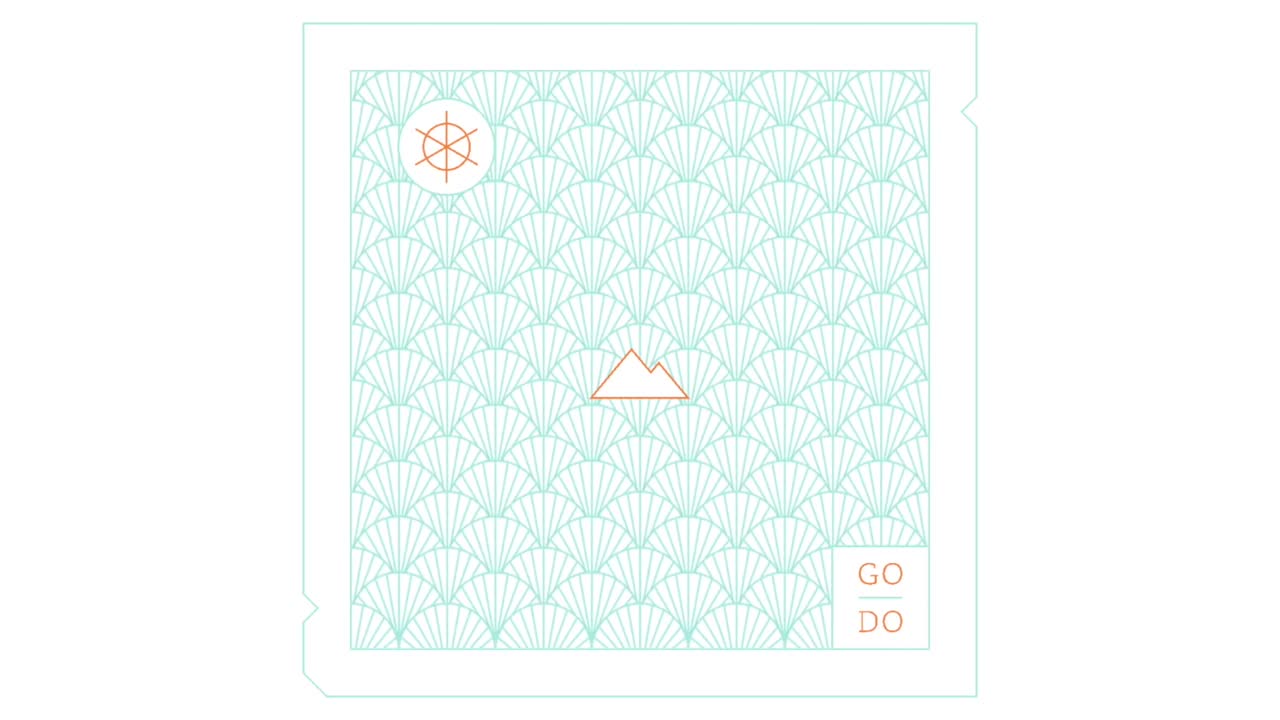

I tended to be the flexible type, but I think making games changed that.ĭoggins was the biggest project I’d ever tackled, and I had no client to tell me what it should look like. In the design world, there’s a divide over whether it’s better to be flexible and adapt to any aesthetic a project called for, or to develop a personal style that clients would seek out. Pip: Between Burly Men and Doggins I’d say you have a distinctive aesthetic – how has that developed?īC: My background in logo design and illustration probably had the biggest impact on the look of both, though I don’t think I really had a cohesive style before Doggins. The appearance of the game was inspired by a mix of things: from the design of illustrated storybooks like Saul Bass’ Henri’s Walk to Paris, to the colors of paint traditionally used in Norwegian fishing villages, to the bright geometry of modern Scandinavian illustration. It felt natural to give the game a Scandinavian setting, so every creature or phenomenon encountered during your journey is drawn from that region’s folklore (or, occasionally, that of nearby areas).


The gameplay evolved quite a bit along the way, but the story became exactly that. Pip: What was the inspiration for Burly Men at Sea?īC: We’d come up with the name years before we got into games, so when we were talking about what kind of game we wanted to make after Doggins, I pitched it as a folklore-inspired seafaring adventure about three bearded men. So we spent a couple of years making a small adventure game called Doggins, then jumped in full-time to develop Burly Men at Sea. It maybe goes without saying that we already loved games, and that they’d had a big impact on our childhoods. On top of our shared love of storytelling and related professions, David had some experience with programming, and I’d been learning to animate.
#Burly men at sea rock man movie#
So when he happened to see a screening of Indie Game: The Movie at work, we both realized suddenly that making a game together would be the perfect outlet for both our skill sets. We’d worked together on a few creative projects over the years, usually short films, but they tended to lean more toward David’s skill set than mine.
#Burly men at sea rock man professional#
Pip: Hi Brooke, can you tell me a little about each of yours and David Condolora's professional backgrounds and what led you to form Brain&Brain?īrooke Condolora: David was an assistant editor on films at Pixar and Disney, and I was an independent graphic designer and web developer. Take a peek after the jump, and click on any of the images to see a larger version. To find out more I spoke to one half of the development team at Brain&Brain, Brooke Condolora and asked her to share snippets from her sketchbooks and from across the game's development. The reason I was particularly excited was, more than any other game, the demo I played seemed to capture the essence of children's story books and translate that to the screen in a way that felt natural. Part of the Leftfield Collection, the game offered a beautifully stylised tale about three bearded brothers going off on an adventure. Burly Men At Sea sailed onto my radar at Rezzed earlier this year.


 0 kommentar(er)
0 kommentar(er)
